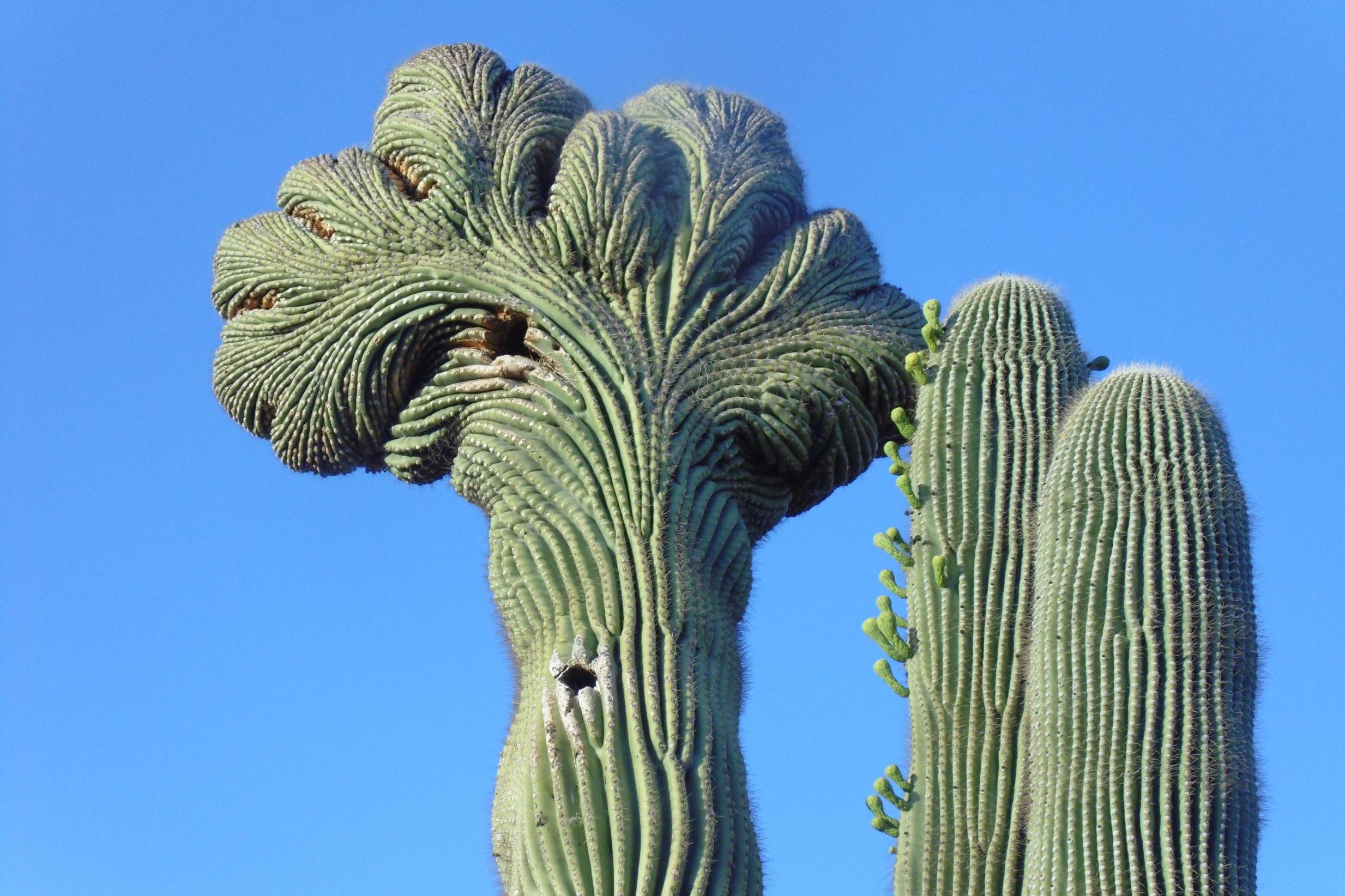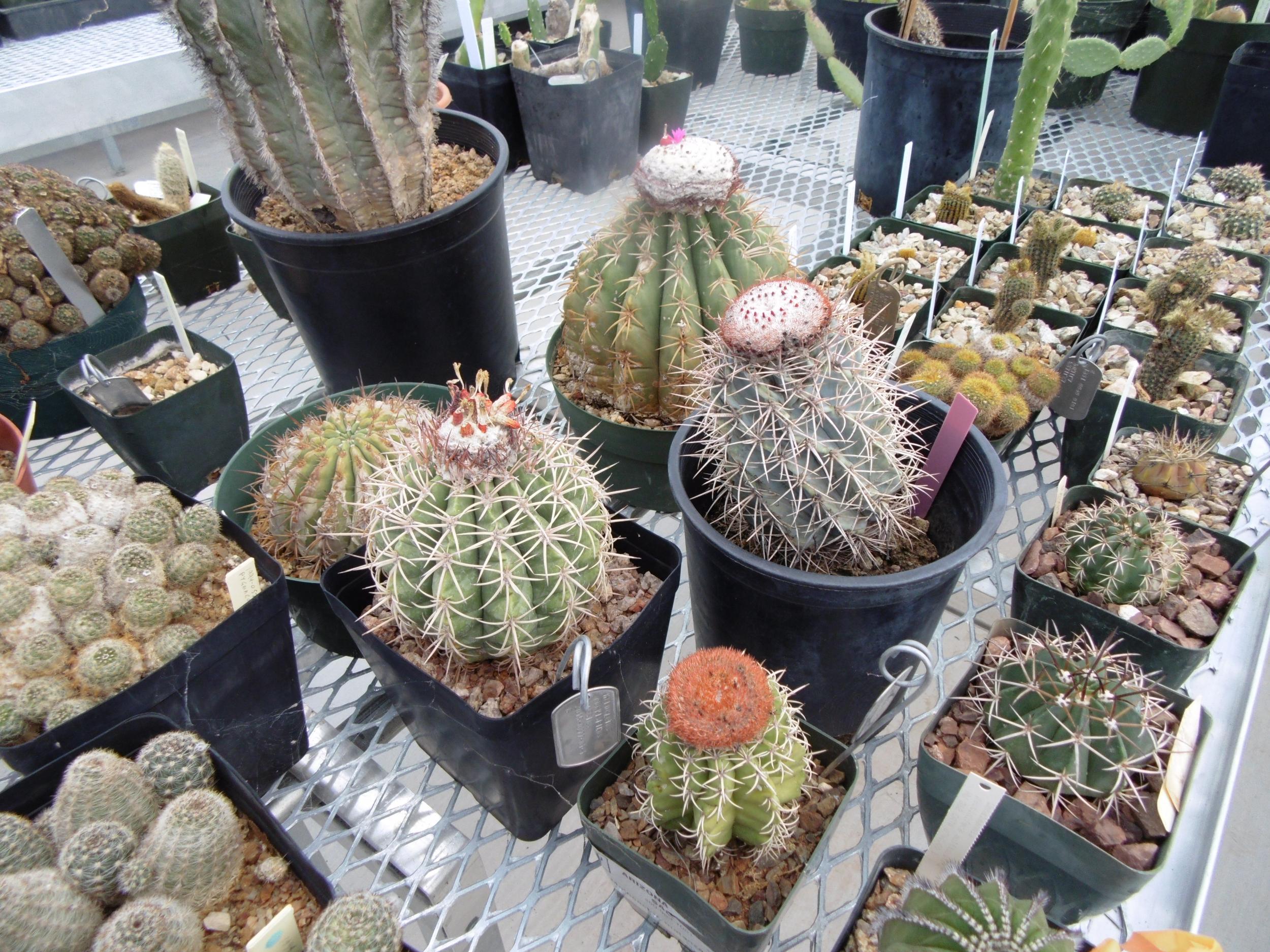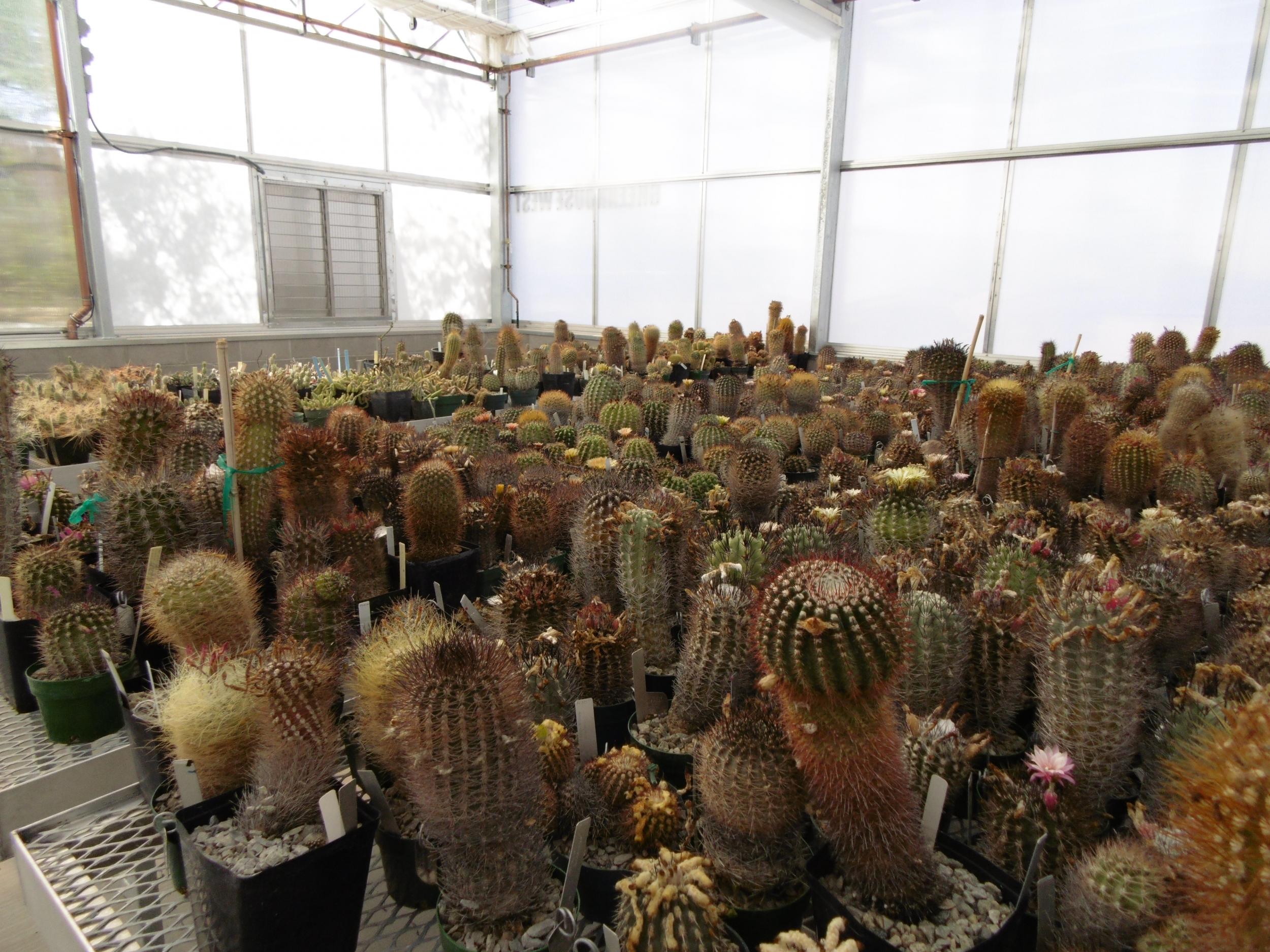The Independent's journalism is supported by our readers. When you purchase through links on our site, we may earn commission.
The cactus poachers of Phoenix who are ruining the Arizona desert
A thriving black market for endangered cactus species is rapidly changing Phoenix’s landscape – and the effects could be devastating

Your support helps us to tell the story
From reproductive rights to climate change to Big Tech, The Independent is on the ground when the story is developing. Whether it's investigating the financials of Elon Musk's pro-Trump PAC or producing our latest documentary, 'The A Word', which shines a light on the American women fighting for reproductive rights, we know how important it is to parse out the facts from the messaging.
At such a critical moment in US history, we need reporters on the ground. Your donation allows us to keep sending journalists to speak to both sides of the story.
The Independent is trusted by Americans across the entire political spectrum. And unlike many other quality news outlets, we choose not to lock Americans out of our reporting and analysis with paywalls. We believe quality journalism should be available to everyone, paid for by those who can afford it.
Your support makes all the difference.The rough hands of a smuggler move quickly in the chill night air. He’ll sacrifice a few lives if it improves his speed. After all, he needs to get away undetected before the light reveals his crime and the heat of the Arizona desert threatens to burn his skin.
His prize, which can command thousands of dollars on the black market, has been classified as one of the top five most endangered organisms on the planet by The International Union for Conservation of Nature (IUCN). But poachers like him, most commonly from Europe and Asia, will risk hefty fines, deportation and even imprisonment to catch and sell the rarest specimens. Their stolen trophies can’t even call out in protest – for a cactus has no voice.
According to the IUCN, 31 per cent of cactus species are currently critically threatened with extinction, making them more endangered than mammals and birds. At the sprawling Desert Botanical Gardens, just 15 minutes from downtown Phoenix, Arizona, more than 50,000 cactus and succulent plants are housed over 140 acres of Sonoran desert. Here in the greenhouses, labs, herbarium and public gardens, rare and endangered cacti species are nursed back to health, cultivated, propagated, catalogued, and saved.
“It’s big money – there is a huge black market for cacti, like anything else that is collectable,” director of research, Kimberlie A McCue, PhD says as she tours me around the facility along with Steven Blackwell, the conservation collections manager.
The prickly appearance of cacti may lead some people to care less about its plight but this illegal trade is just as morally bankrupt as poaching elephants for their tusks. In fact, Kimberlie explains, “Cacti are protected under the same international treaty as elephants. It’s illegal to move these plants unless you have the proper documents.”
Law enforcement agencies have to act quickly to keep up with the antics of thieves and are often a few steps behind. As soon as word gets out that a rare species of cactus has been found, the area is quickly raided. “They’ll just disappear, like that,” Kimberlie says, snapping her fingers.
Steven is responsible for habitat restoration and species reintroduction; his work aims to reverse some of the damage wreaked by the poachers. He takes rare plants and uses them to propagate other plants, creating the garden’s seed bank, which he manages. If species are ravaged in the wild the genetic diversity is preserved so long as they have these propagules, also called germplasm, stored here in the garden.
“We call this our back stop against extinction,” he says.

The Melocactus is housed here, whose appearance ranges from a round ball to a short tower of spiky green spines with crowns in varying colours, and has a white cephalium which looks like spun yarn. One of the scientists here conducted research in the Dominican Republic and witnessed piles of the rare plant dug up and sold on the side of the road for mere pesos. Some local people in rural communities believe the plant to have medicinal benefits.
Whether it’s for big money, or due to ignorance or superstition, the cactus has many enemies.
As we leave this area, I take a moment to marvel at the sheer size of a saguaro cactus looming over the entrance between greenhouse bays and the lab, and Steven chuckles at my response. “I love that reaction,” he says. “I walk by it all the time, but you made me stop and look at it.” He smiles wistfully.

Steven describes plants as his passion and says working at the botanical garden, which opened in 1939 and receives over 600,000 visitors per year, is “the best job”.
We now move through to the herbarium, meeting Sarah Hunkins, who manages this giant collection of 80,000 samples. This actually only makes it a mid-sized living library compared to a mega complex such as Kew Gardens, which has over eight million samples.
“I absolutely believe that the information contained in a herbarium is every bit as valuable as any library,” she says. “The practice of preserving plants this way started 500 years ago, and it’s more or less still done the same way.”
That method includes the collection of plants, followed by pressing and drying. Sarah shows me some comparisons between modern samples and older examples. Now plants are mounted on archival paper and more information is included, such as GPS co-ordinates showing the exact site of collection, helping to build a record of where the plants are thriving and where they are being decimated.
As Kimberlie leads me back into the botanical gardens she explains how the park is funded with contributions coming from a range of private donors and federal agencies, many of which President Trump has threatened in his proposed budget cuts. When I ask her if she anticipates any impact on their funding with this new administration, she sighs audibly. “Oh my gosh, that is what we think about every day!”
This is the sort of thing that keeps researchers and scientists up at night.
“It’s folly to think about cutting funding to museums – we are a living museum, all of what we do is ultimately to serve the community, it’s for the public good. So yeah, we worry about it,” she says.
If cacti could talk, I’m sure they would express concern too. As a symbol of the desert and Arizona as a whole, they have a huge significance and their protection is vital.
Travel essentials
Getting there
The Desert Botanical Gardens (dbg.org) are a 10-minute drive from Phoenix Sky Harbour International Airport. Daily flights are offered from London to Phoenix by a range of carriers, including British Airways (ba.com), from £703 return.
Staying there
In nearby Mesa, the Residence Inn Marriott (marriott.co.uk/Phoenix) offers affordable comfort from £68, room only.
Or pull out all the stops by choosing the luxe boutique art hotel FOUND:RE (foundrehotels.com) next to the Phoenix Art Museum. From £140, room only.
More information
Don’t head home until you have strolled down Roosevelt Row, the city’s famed art district, and checked out all the street graffiti, including many that pay homage to the iconic cactus.
Join our commenting forum
Join thought-provoking conversations, follow other Independent readers and see their replies
Comments